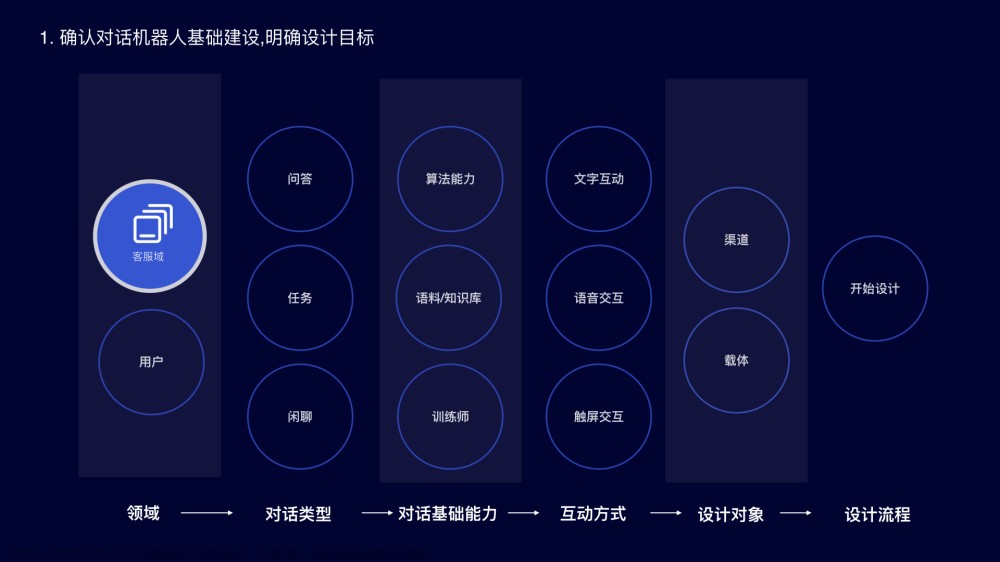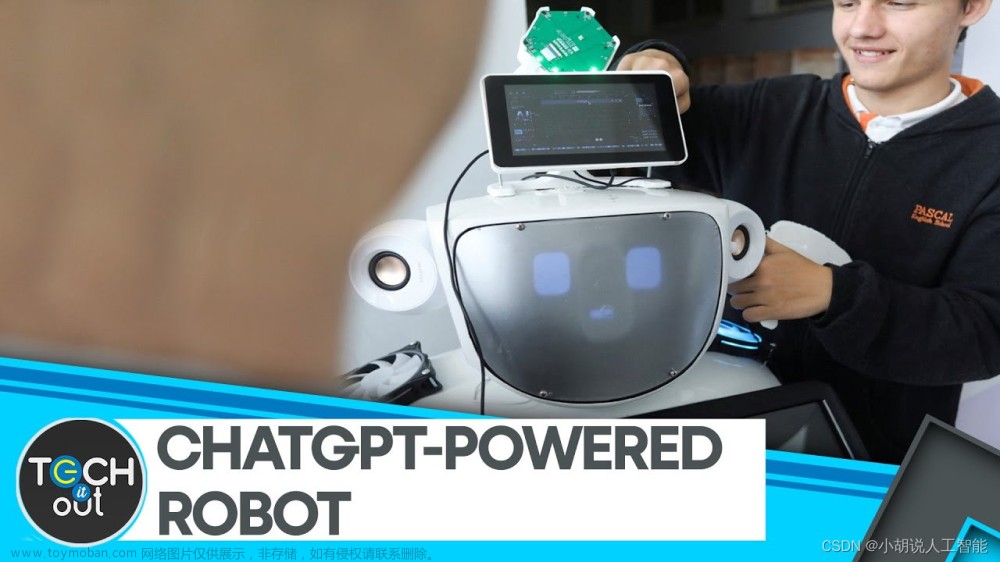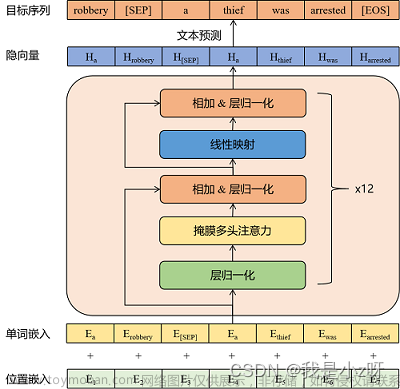Rasa是一套对话机器人的开源框架,主要用于构建面向任务(Task Oriented)的对话系统。
NLU自然语言理解
-
基于规则
-
神经网络方法
DIET(Dual Intent Entity Transformer)
在Rasa中两种方法都可以使用,但神经网络方法是核心
一个rasa项目包含的文件:
-
domain
包含了聊天机器人需要知道的所有东西
- Responses: these are the things the assistant can say to users
- Intents: These are categories of things users say
- Slots: These are variables remembered over the course of a conversation
- Entities: these are pieces of information extracted from incoming text
- Forms and Actions: These add application logic and extend what your assistant can do
-
Stories
training data to teach your assistant what is should do next
-
Rules
a way to describe short pieces of conversations that always go the same way
-
config
- language 指定机器人使用的语言
- pipeline 定义用于检测意图和实体的步骤
- policies 指定如何响应用户输入的对话管理技术
Do
- Use actual user conversations as stories
- Have small stories that aren’t full conversations
- Use rules for one-off interactions(checking account balance, checking if this is a bot)
Don’t文章来源:https://www.toymoban.com/news/detail-480299.html
- Use rules for multi-turn interactions
- Use OR statements and checkpointing often
- Write out every possible conversation flow start to finish
- Delay user testing
Rasa style CDD:文章来源地址https://www.toymoban.com/news/detail-480299.html
- You only need to start with the most popular, important intents & a way to handle things outside them
- Continue to build from there if that’s what users need
到了这里,关于Rasa——对话机器人开源框架的文章就介绍完了。如果您还想了解更多内容,请在右上角搜索TOY模板网以前的文章或继续浏览下面的相关文章,希望大家以后多多支持TOY模板网!










